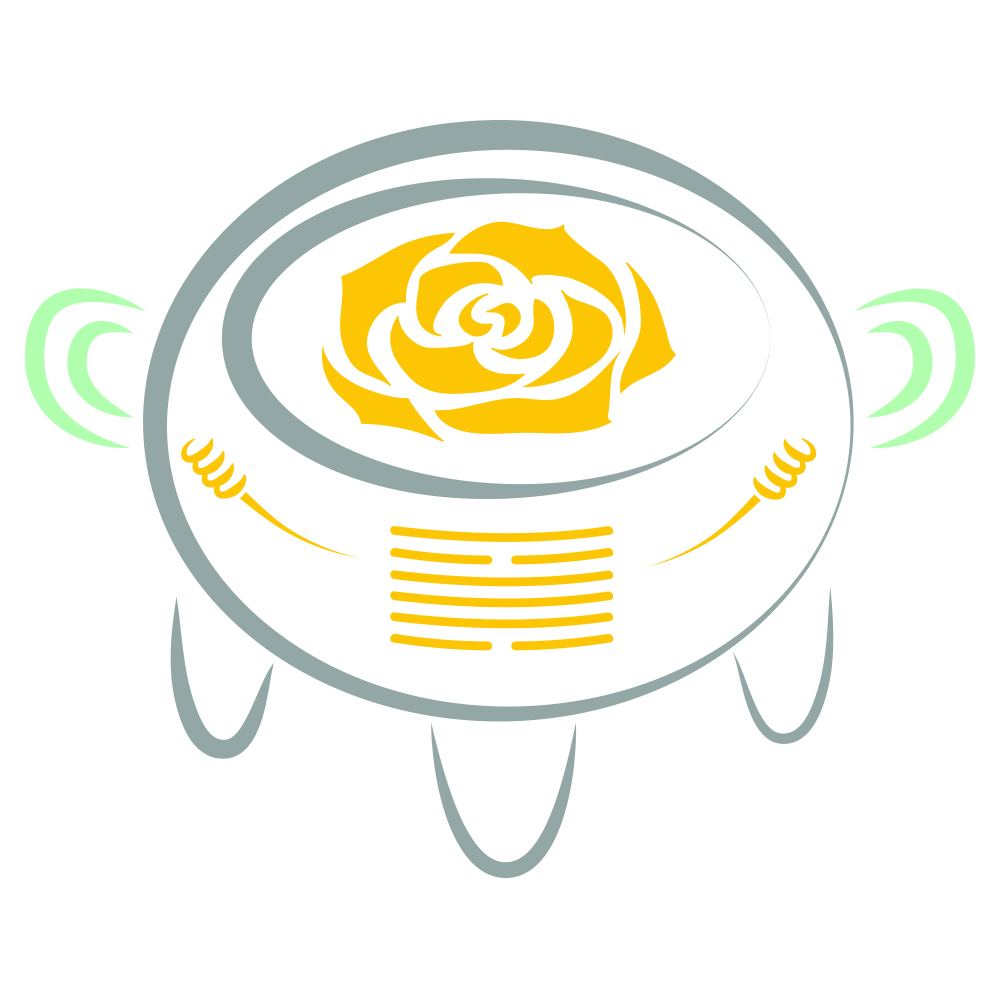People come to acupuncture for many reasons, from anxiety and stress, to fertility, allergy, and digestive support. Most often, though, people try acupuncture to resolve or manage body pain. We treat pain patients everyday and the presentation runs the gamut: one person slept funny and tweaked her neck, while another has suffered chronic back pain after multiple surgeries, and still others deal with over-use injuries from their jobs that they can't quit because they need to support themselves and their families.
Treating pain can be a complex process but I recently learned just how complex the experience of pain is. A new graphic zine we have in our waiting room called, Pain is Really Strange, explains that "pain is the moment when your brain decides something is unsafe and you need to know about it." In acute cases, this could be the uncomfortable zing in your knee when you kneel quickly without thinking or step oddly off the curb and feel something sharp in your ankle.
With chronic pain, however, most often the issue is not in the tissues. This claim was profound to me. Author Steve Haines explains that the experience of pain not only comes from an overly-sensitized nervous system, but also derives from the components of one's lived experience, including socio-cultural elements like our beliefs, memories, senses, emotions, and learning. Haines says "some researchers go so far as to say chronic pain is like a disease."
Much of Western-based pain management and treatment is often determined by what is seen on x-rays and MRI. These tools justify surgeries despite the "overwhelming" evidence showing tissue pathology does not necessarily cause chronic pain. In fact, many of us have structural issues from arthritis to bulging disks and do not have any pain at all! This book was a good reminder to me why chronic pain can be so difficult to treat. If it were easy to solve, then we likely wouldn't have the opioid epidemic that we do in this country. It also made it more clear to me how acupuncture can help.
While acupuncture increases blood circulation, decreases inflammation, and stops pain, the more subtle parts of getting treated point to how effective it can be in addressing the other elements that are part of chronic pain. Resting with needles allows people to feel their bodies, before and after relaxation. During treatment some are reminded of memories associated with their conditions, or belief systems that might contribute to their experience of pain. Setting aside the time and space for yourself in the treatment room can even let you practice some of the body mapping techniques Haines describes in his book that can help you reduce chronic pain.
Artist Sophie Standing has drawn the graphics which show complicated physiological processes in clear, and sometimes funny, ways. It is part of a series of books that we have available in our waiting room that you can enjoy. Other titles include the following:
Many of our community members are living with these kinds of issues--or know someone who is--and these books offer a way to conceptualize those experiences. The simple act of understanding a disease or issue can broaden our awareness and help us better cope with symptoms.
Maybe on your next visit you can come early and check them out! We invite you to do so!
